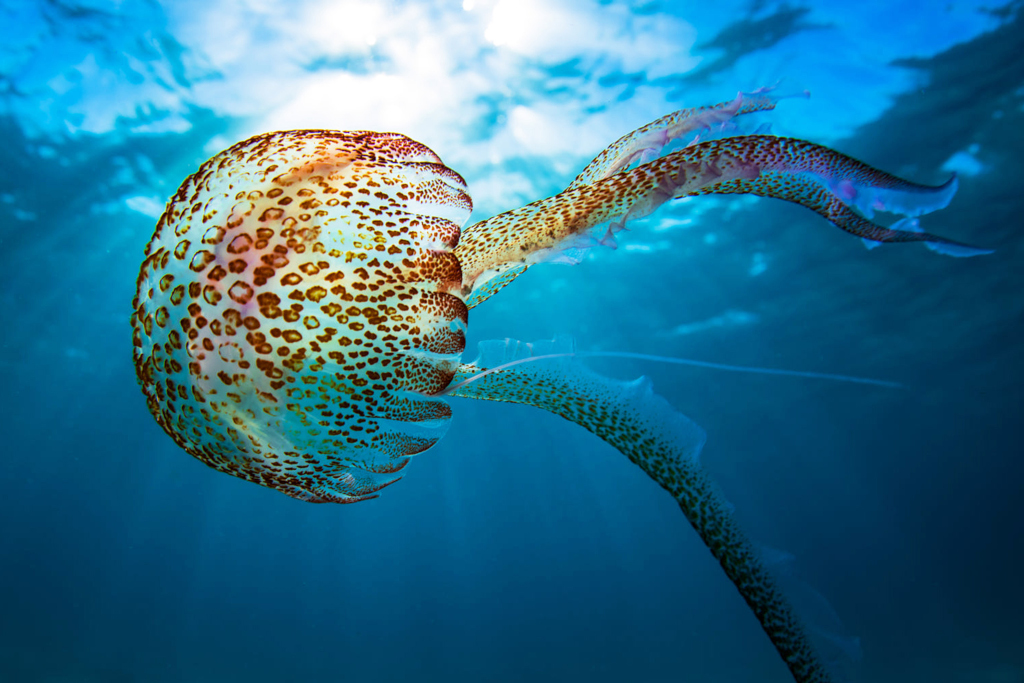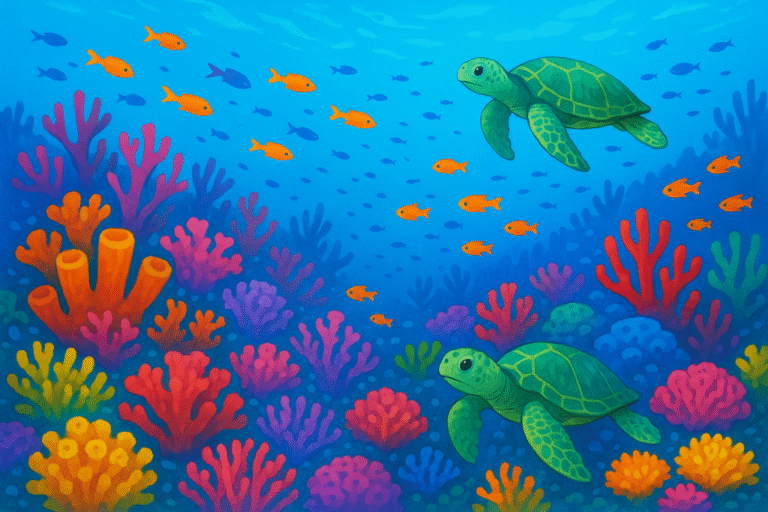You’ve probably seen the headlines: “Deadly jellyfish invades tourist beach” or “Shark attack leaves swimmer injured.” It’s easy to think the ocean is packed with killing machines waiting just below the surface. But what if I told you modern-day marine life is practically harmless compared to the absolute chaos that wiped out ocean ecosystems in Earth’s distant past?
We’re wired to fear sharp teeth and venomous tentacles. But the real killers in the ocean weren’t creatures—at least, not the kind we imagine. To understand this, you need to zoom out about 250 million years.
When the ocean turned into a death trap
Roughly 252 million years ago, something terrifying happened. It wasn’t a giant predator on the loose—it was the planet itself.
The Permian-Triassic extinction event, often called “The Great Dying,” wiped out around 96% of all marine species. Entire ecosystems collapsed. Coral reefs vanished. Shelled creatures, ancient trilobites, and massive fish-like reptiles like the ichthyosaurs couldn’t withstand the changes. But what caused this?
- Massive volcanic eruptions spewed greenhouse gases into the atmosphere.
- Global temperatures surged, warming the oceans.
- Oxygen levels in the sea plummeted (a condition called anoxia).
- Ocean acidification broke down shells and disrupted reproduction cycles.
This isn’t a sci-fi screenplay. It’s what scientists piece together from fossil records, isotope data, and simulations. No apex predator today—or back then—could match this level of destruction.
Today’s ocean creatures: deadly, but not apocalyptic
Let’s talk about the modern ocean’s “most dangerous” species. Compared to ancient extinction events, they’re more like isolated lightning strikes than persistent hurricanes.
- Box jellyfish – Their sting can kill a human in minutes, but fatalities are rare thanks to modern medicine.
- Cone snails & stonefish – Venomous and potentially lethal, but responsible for very few deaths annually (and avoidable with quick treatment).
- Sharks – Despite their reputation, they kill only about 10–20 people each year worldwide, and most attacks are accidental.
Even the infamous saltwater crocodile, while aggressive, poses a minimal threat on a global scale compared to what wiped out marine life in the past.
“Predators didn’t end species—planetary shifts did”
Ancient oceans did harbor terrifying predators like the armored Dunkleosteus with jaws that could crush bone, and the eerie-looking marine reptiles of the Mesozoic seas. But here’s the twist: these apex predators didn’t cause mass extinctions.
They thrived in stable environments and disappeared largely due to climate-driven events. In fact, even during the Devonian extinction (~375 million years ago), environmental change—not fang or claw—was the true force behind the mass die-offs.
One experiment sheds chilling light on this
A 2018 study from the University of Washington simulated ocean conditions during the Permian extinction using modern aquatic species. When exposed to rising temperatures and low-oxygen levels, over 80% of species in the simulation couldn’t survive. The cause of death wasn’t predation—it was habitat collapse.
The bottom line
Yes, modern marine life has its share of dangerous creatures—but their impact is targeted and fleeting. In contrast, prehistoric extinction events didn’t care whether you were predator or prey.
They wiped the slate clean.
So, next time you’re at the beach, worried about a lurking shark or a jellyfish sting, remember: the true ocean monsters weren’t living creatures. They were climate catastrophes, playing out over millennia, with a deadliness far beyond anything still swimming today.
If anything, our biggest fear shouldn’t be marine predators—it should be repeating Earth’s past mistakes.




Leave a Comment